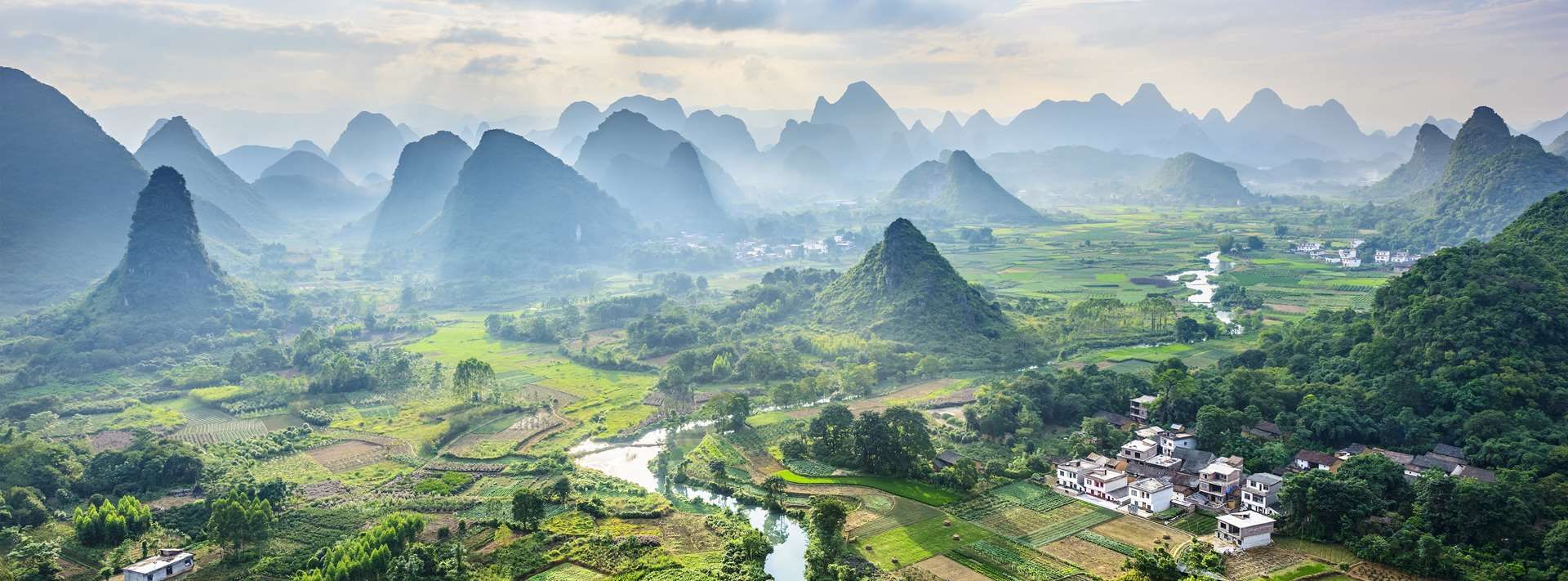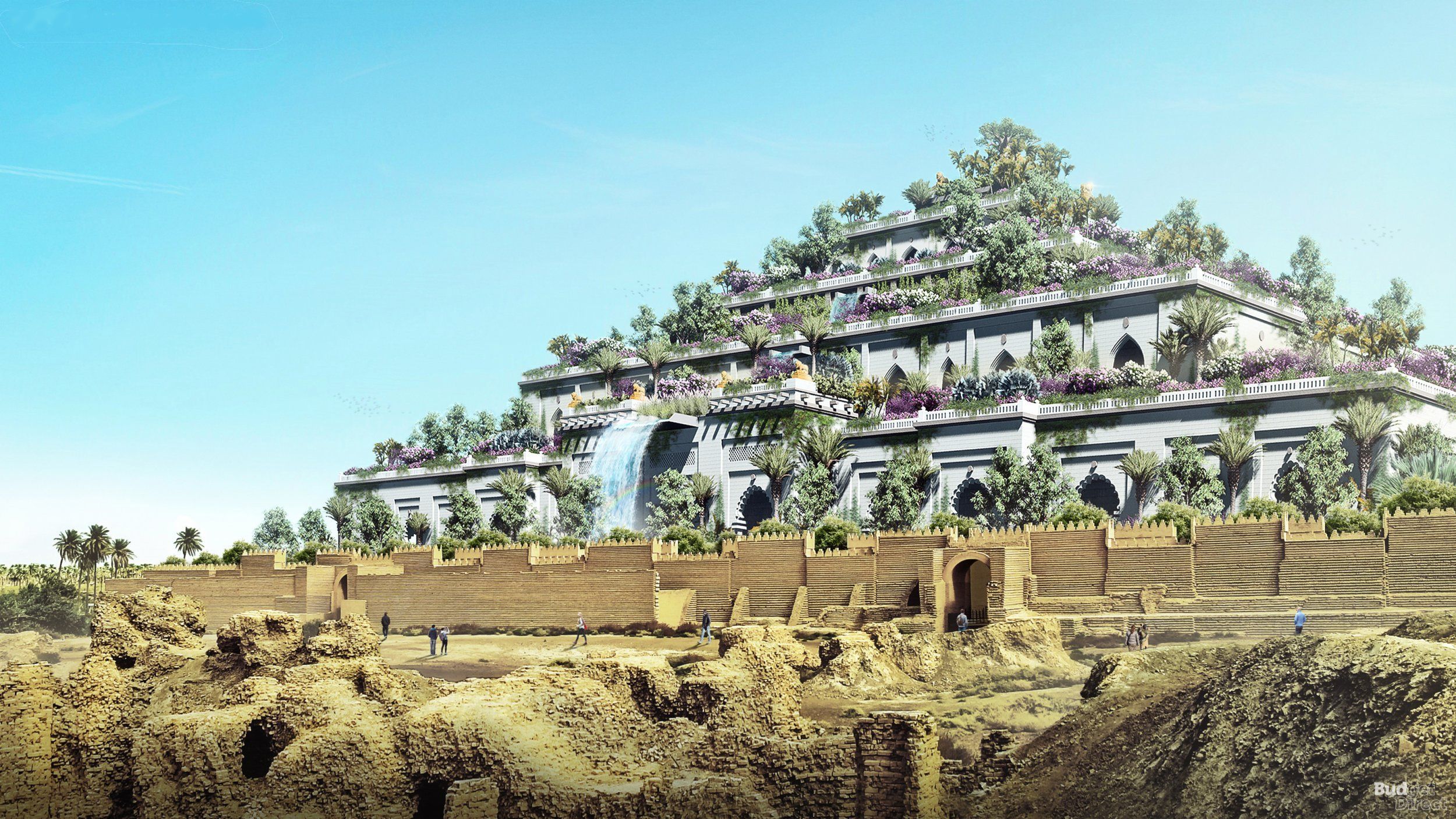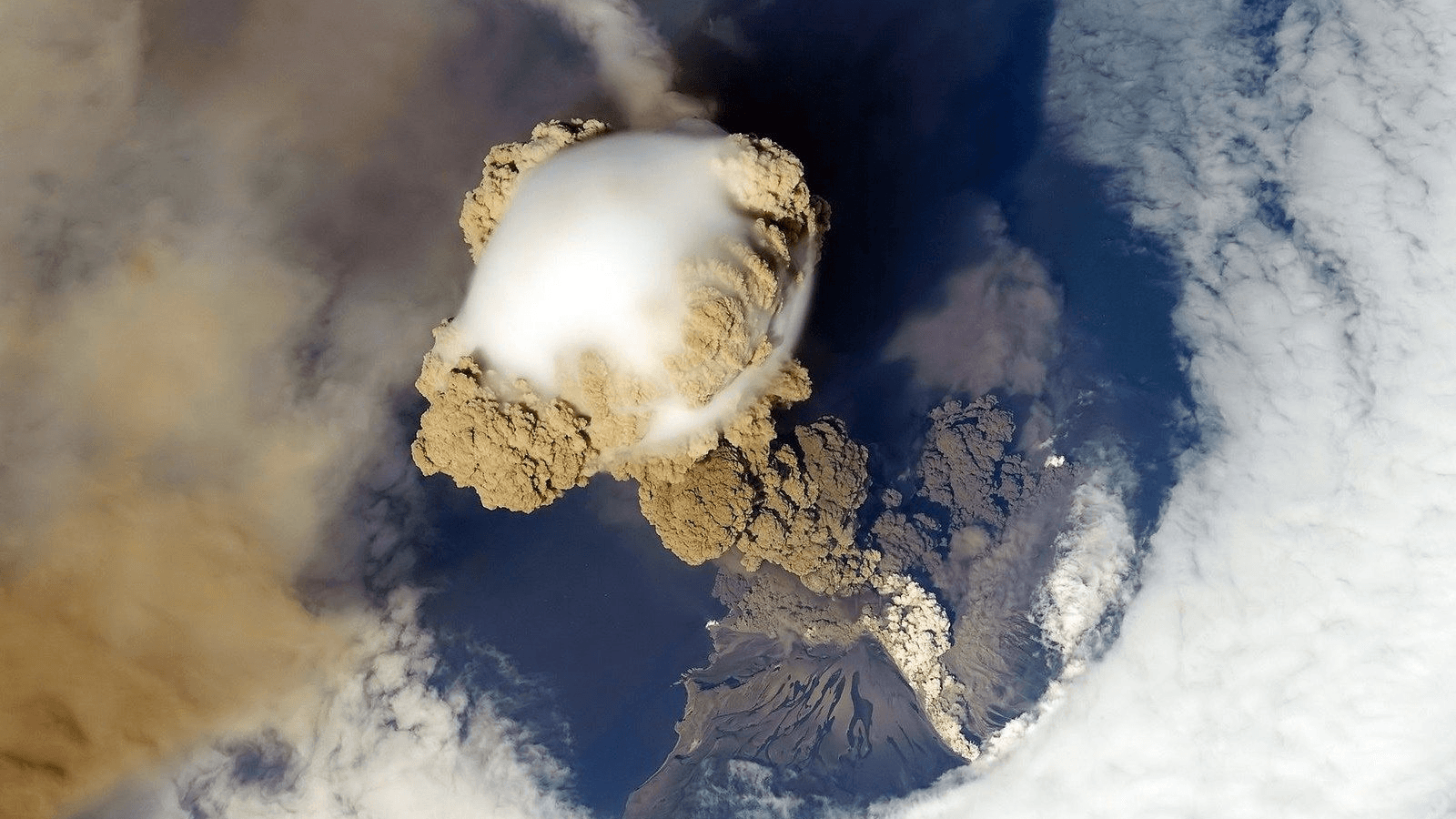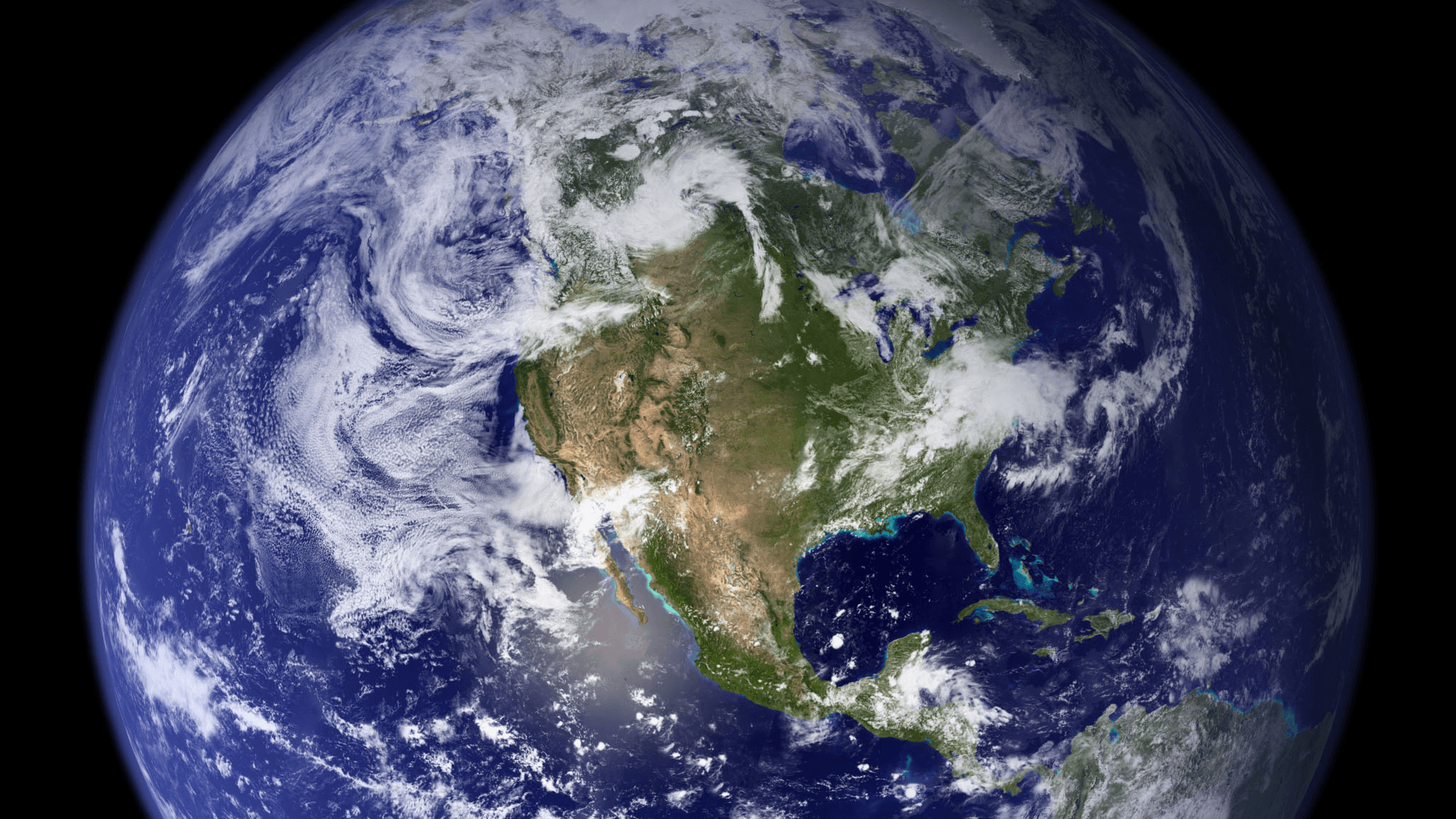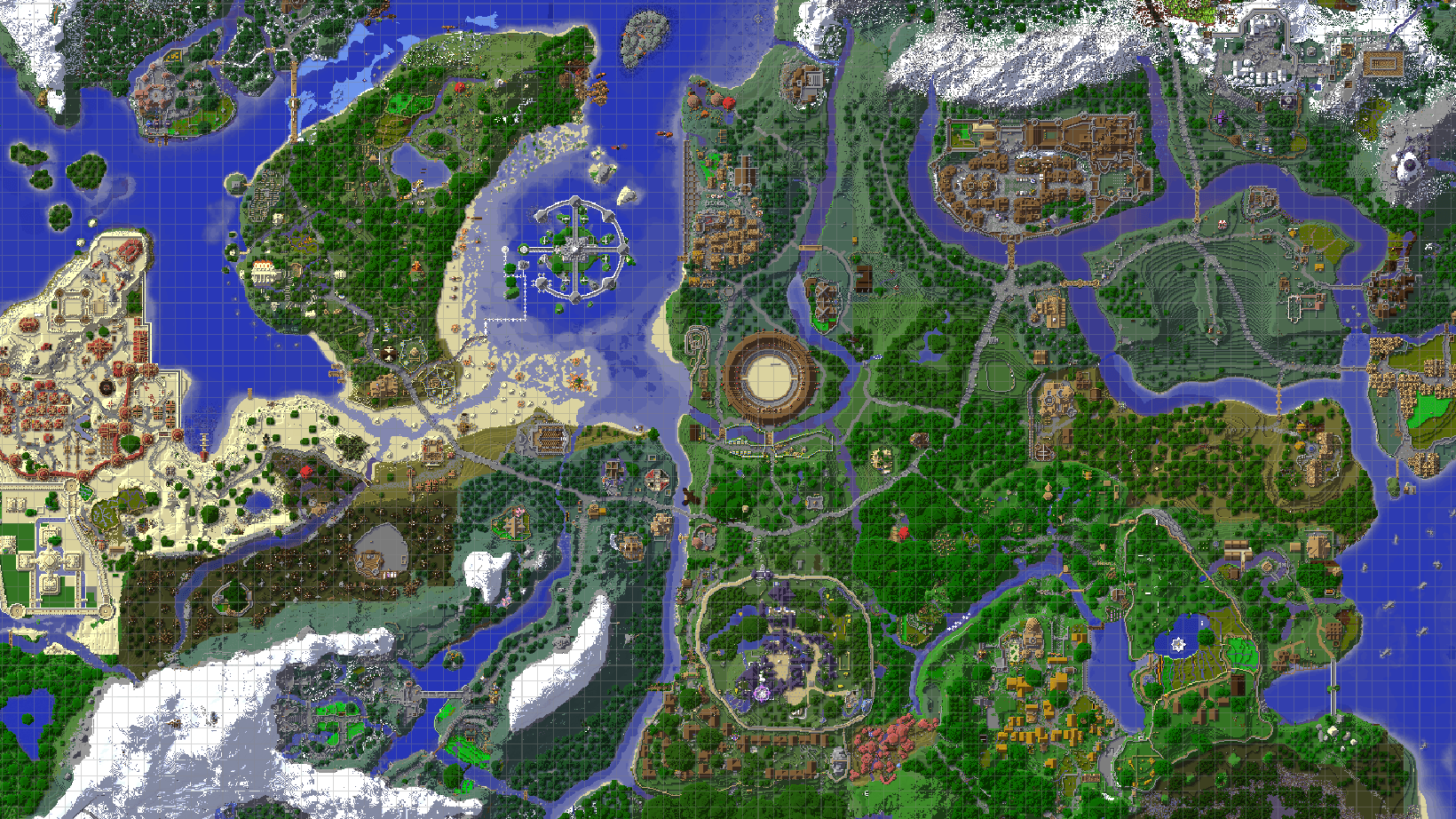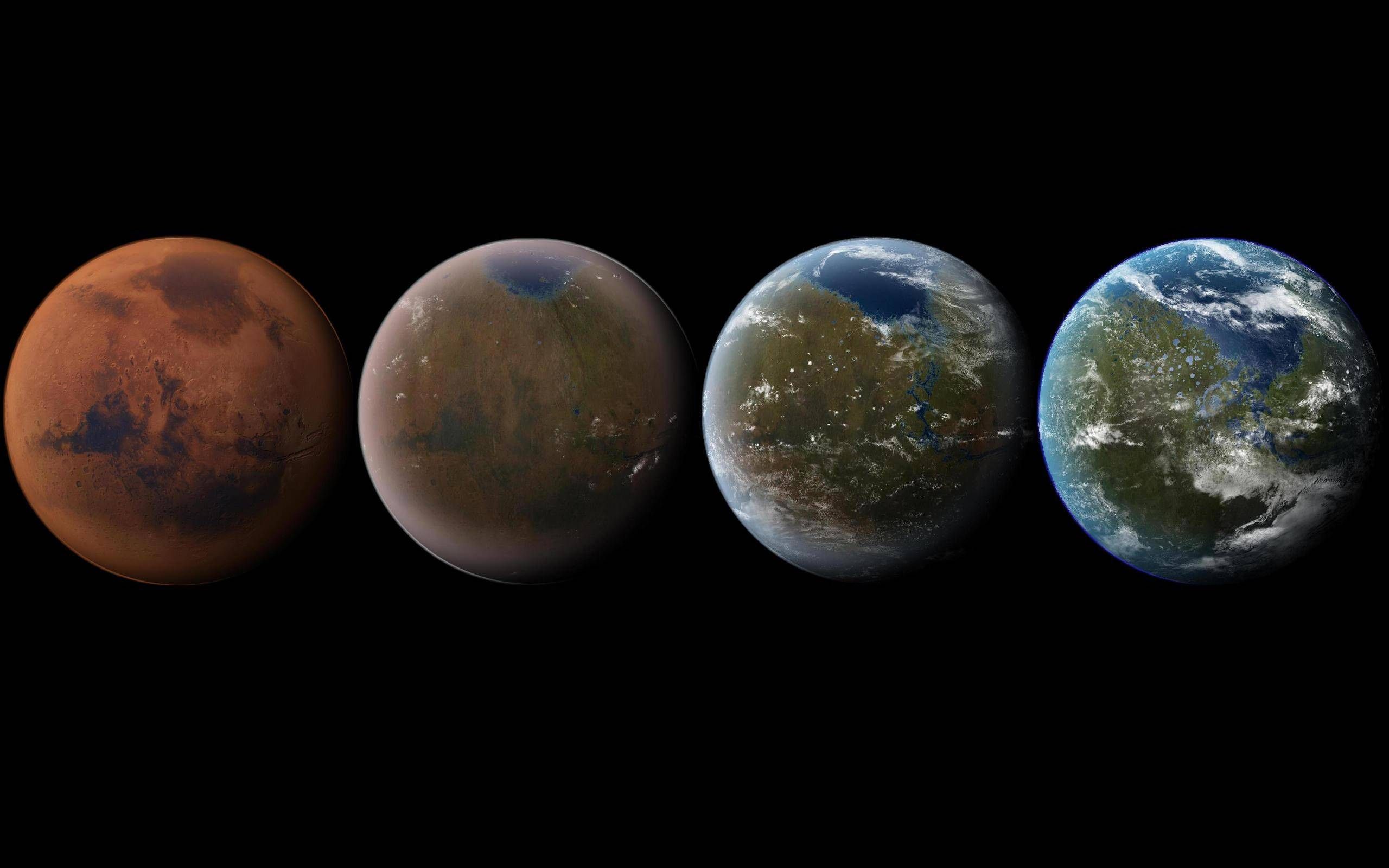Geodesign
We have identified eight key defining moments that tell the story of geodesign, from ancient insight to artificial intelligence.
The human impact on our planet can hardly be underestimated. Our presence echoes through all layers of the Earth. How can we design our next habitat that balances geology and technology? Enter geodesign, a proposal to design for and with the geology of Earth. We have identified eight key defining moments as an introduction to this emerging design movement—from ancient insight to artificial intelligence.


